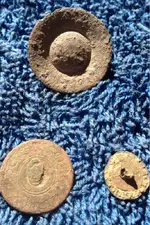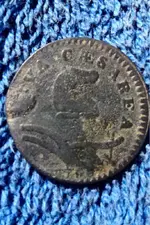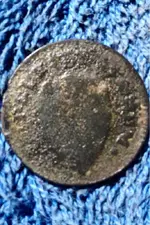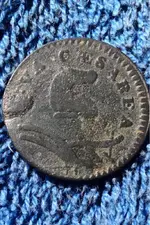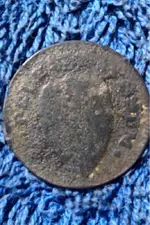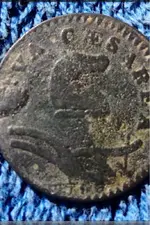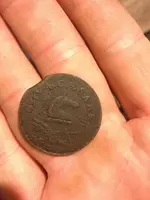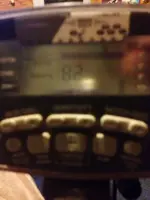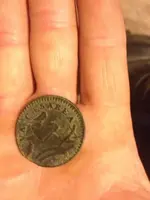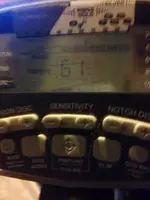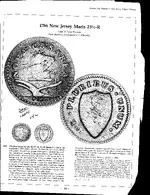I wish I knew how to equate your numbers, but I am a Explorer SE user and that reads both a Ferrous number and a Conductive number and out of the 24 NJ coppers I have only one reads a noticeable difference lower than the others but it is a genuine copper. The trouble I have in it being a counterfeit is that I have seen none so far in my survey and that is with identifialbe over 350 coins, over 530 total and no counterfeits reported.
Most counterfeits in the late 1780s-1790s were struck from counterfeit dies, not cast and they were same copper quality, just not as much, thus the lower weight, but a cast coin can weigh less, or within reasonable legal weight or even more than it should. Ground conditions can make it look cast, so again, tough call. I think if it is counterfeit it would go from being an average scarce coin to one with a bit more desireabity. I know I would make special note of that in my article.
Look at the edge carefully and see if you can see perhaps a file mark or castng port. Get it weighed and diameter measured grains/mm. I think it may have to be in hand to determine, perhaps consider contacting John Lorenzo, but I would wait a bit. We have a few others who might chime in yet that may see this post...
Bramblefind, was your CT cast or not, also do you know if 23-R were perhaps struck over top of other colonials, eg: over a CT or other ?
